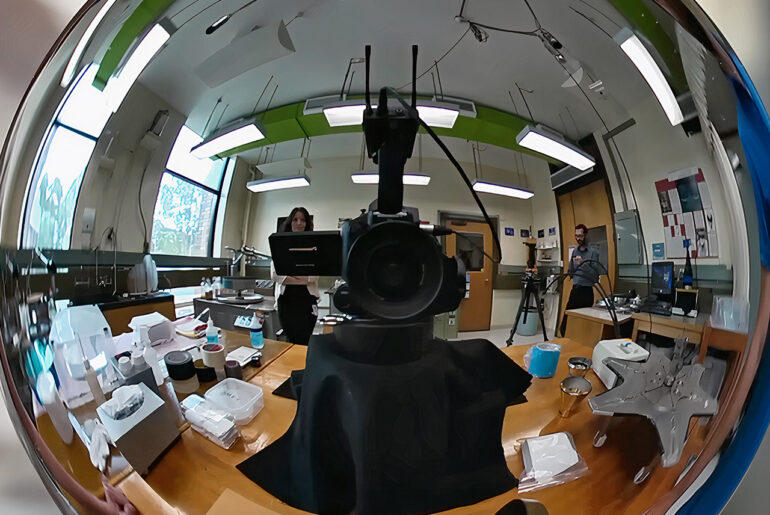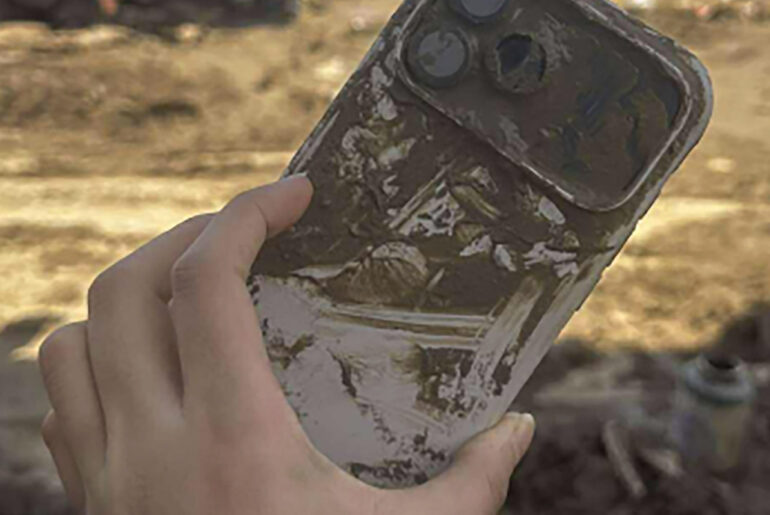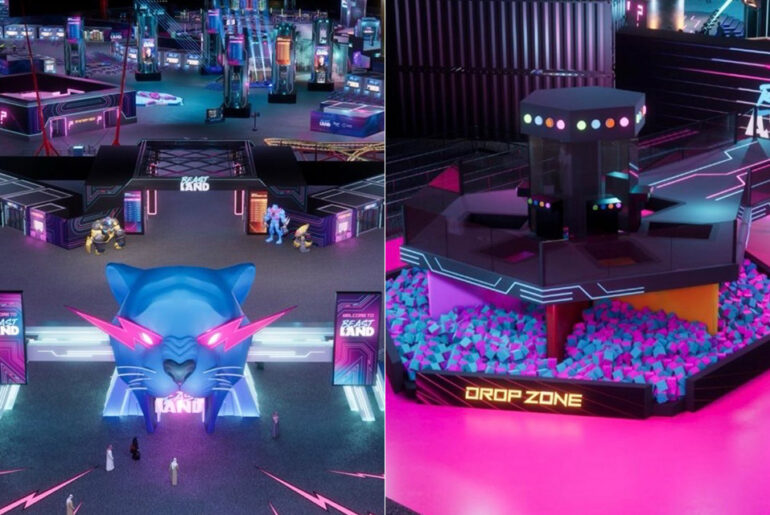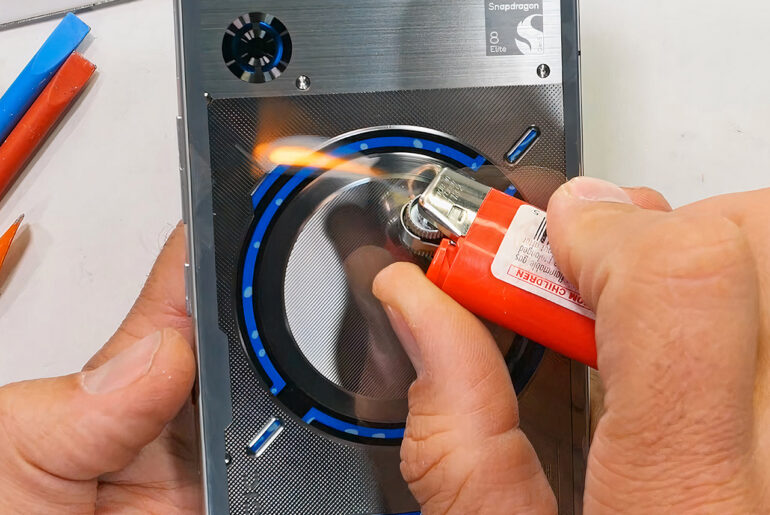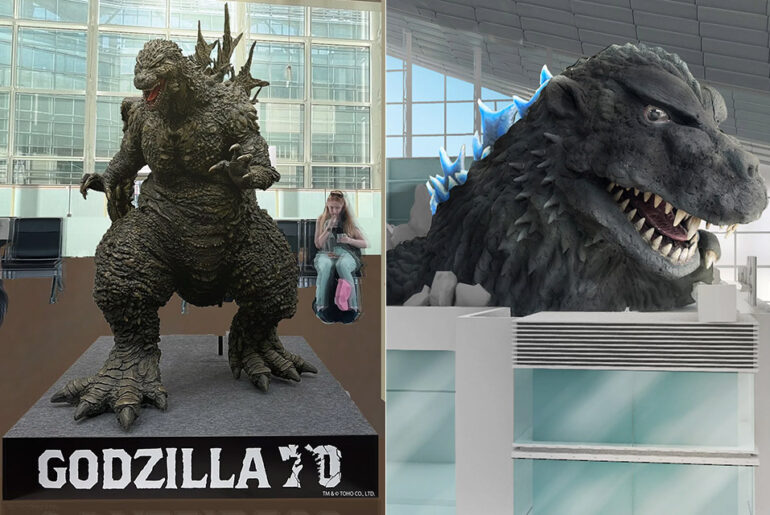
Photo credit: Veritasum
There is a quiet little corner of precision engineering where the roar of factories and the rumble of particle accelerators is miles away, a place where a tiny, gleaming silicon sphere sits at the center of all attention – the Avogadro Sphere. Made from a single isotope, silicon-28, it measures just under 4 inches across and weighs a precise 1 kilogram.

Humanoid robot researchers say we’ll be living alongside machines as if it were second nature, but a recent presentation in Moswcow reminded us that, more often than not, these promises are built on shaky ground. That was the case last week when AIdol – billed as Russia’s attempt at cracking the market for upright, thinking robots – made its long-awaited debut. For a fleeting moment, it looked as though this was going to be some kind of smooth first impression.

Dr. Olaf Meynecke just wanted to see humpback whales migrate. So, he attached small suction-cup cameras to their backs along Australia’s eastern coast to record feeding patterns and social calls on the long journey from Antarctica to Queensland. Instead, the lenses filled with fish.
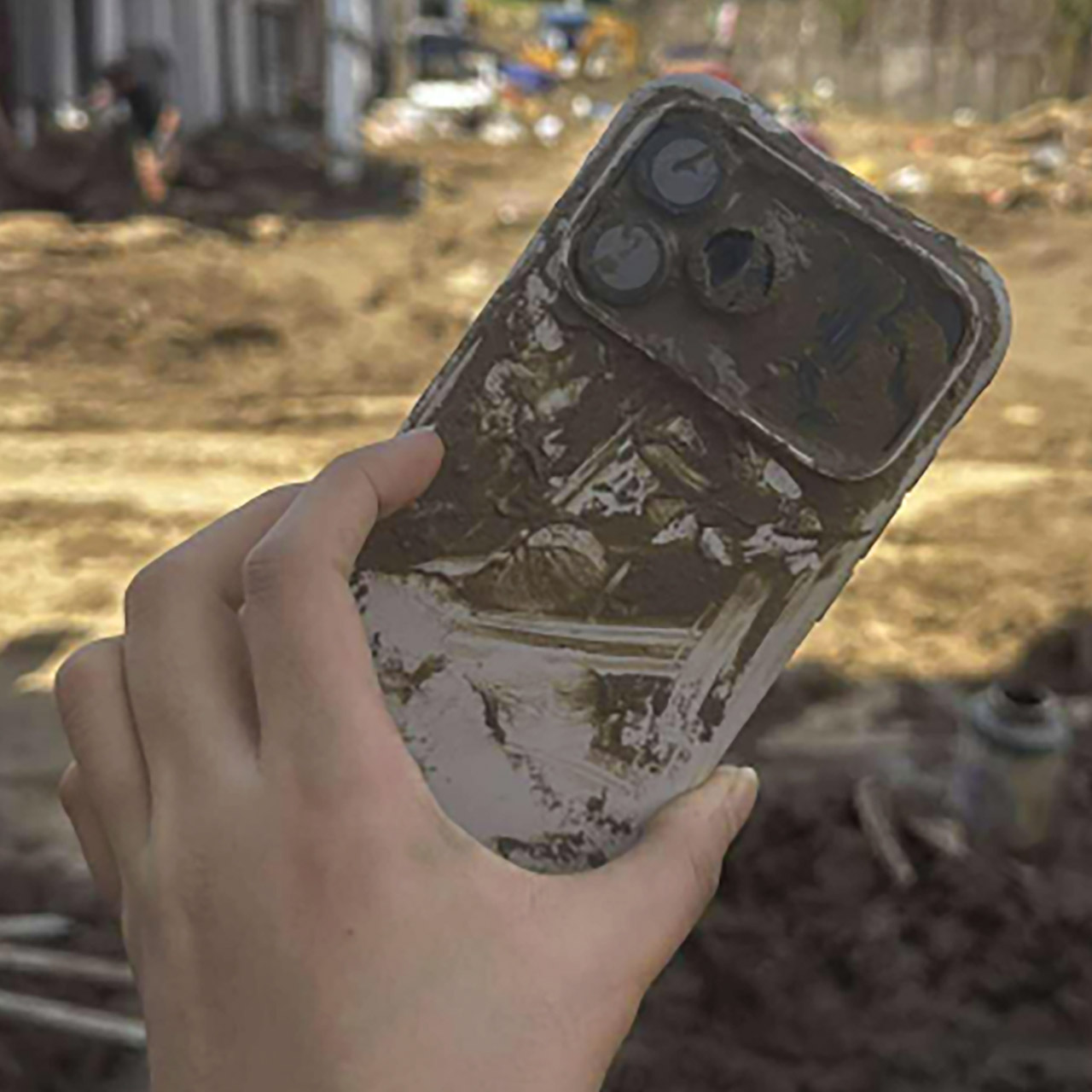
Photo credit: BricksAndCanvas
On October 31, a Category 4 typhoon known as Kalmaegi devastated Cebu. By sunrise, the entire neighborhood was submerged in a murky brown slurry that smelled like a mix of diesel fumes and raw sewage. That neighborhood was home to a person who posts on Reddit under the username “bricksandcanvas”; he’d lost his house, his furniture, and, most importantly, almost his life. But three days later, he was able to dig out his iPhone 17 Pro Max from the dirt, and it was still functional.
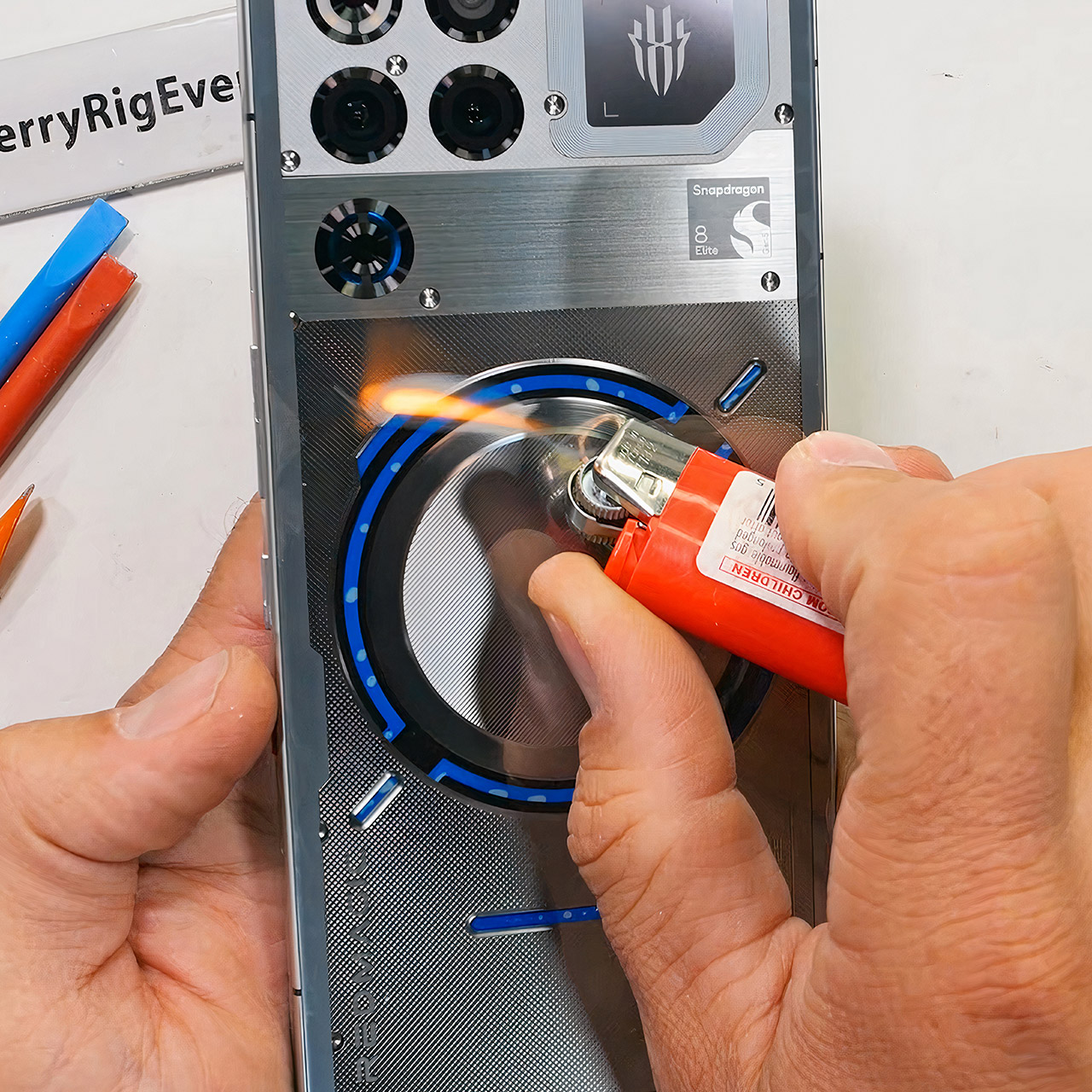
Zack Nelson’s latest durability test goes inside the RedMagic 11 Pro, a gaming phone with water running through its veins. You know the one—it’s the first to put true liquid cooling on a slab of glass and metal no thicker than your daily driver. Nelson doesn’t just open it for show; he puts it through its paces first, scratching, bending and even setting parts on fire to see if the hype holds up in real world scenarios.

Coca-Cola just dropped the 2025 edition of their beloved “Holidays Are Coming” ad – the one that taught an entire generation to finally start thinking about Christmas. Last year, the cars were slipping on ice and the passengers looked like melted wax. This year, the wheels turn alright but the passengers are all furry critters – polar bears, sloths, squirrels and even seals.
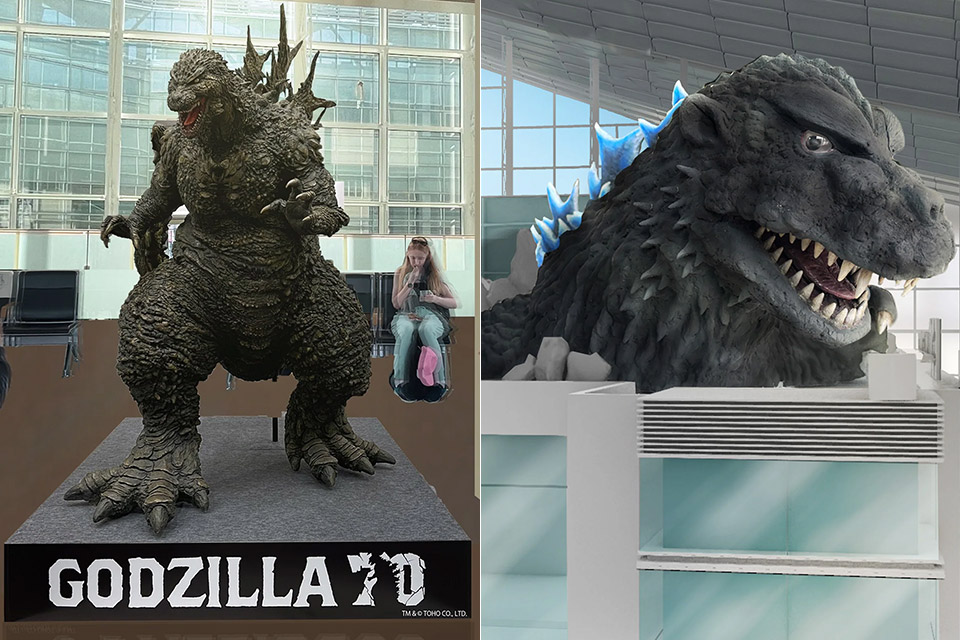
Haneda Airport is one of the world’s busiest airports, and it welcomes a large number of travelers every year in the heart of Tokyo. Terminal 3, Japan’s international flight hub, has already demonstrated a strong respect for the country’s past with the Edo Koji zone, a strip of shops and walkways that truly captures the spirit of those tiny, atmospheric 17th century Edo side streets – you can almost imagine what it must have been like to stroll through those narrow alleys back in the day, complete with an authentic section of the Nihonbashi bridge as it appeared in bygone days.
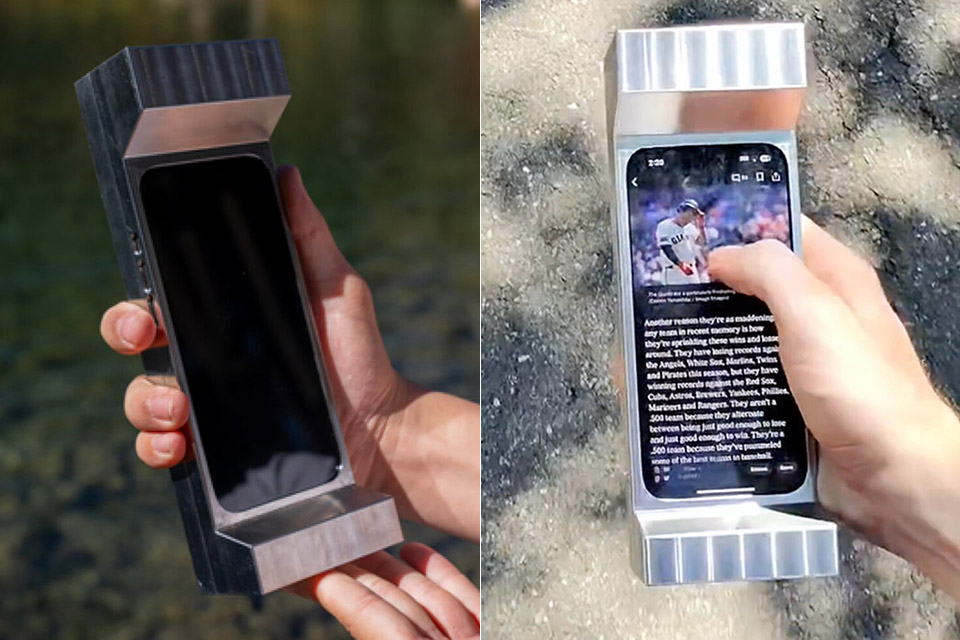
Smartphones started out life as simple, handy devices just for making calls and sending the occasional text message. Over time though, they’ve become an all-too-familiar companion, constantly distracting us from the real world. One company, Matter Neuroscience, decided they’d had enough and came up with a clever solution: make the phone a pain to hold onto. Their ‘6 Pound Phone Case’ (yes, that’s actually its name) weighs in at a whoppin’ 6 pounds. This stainless steel monstrosity wraps itself around just about any contemporary iPhone – giving you that all too familiar sensation of deleting email after email after email.
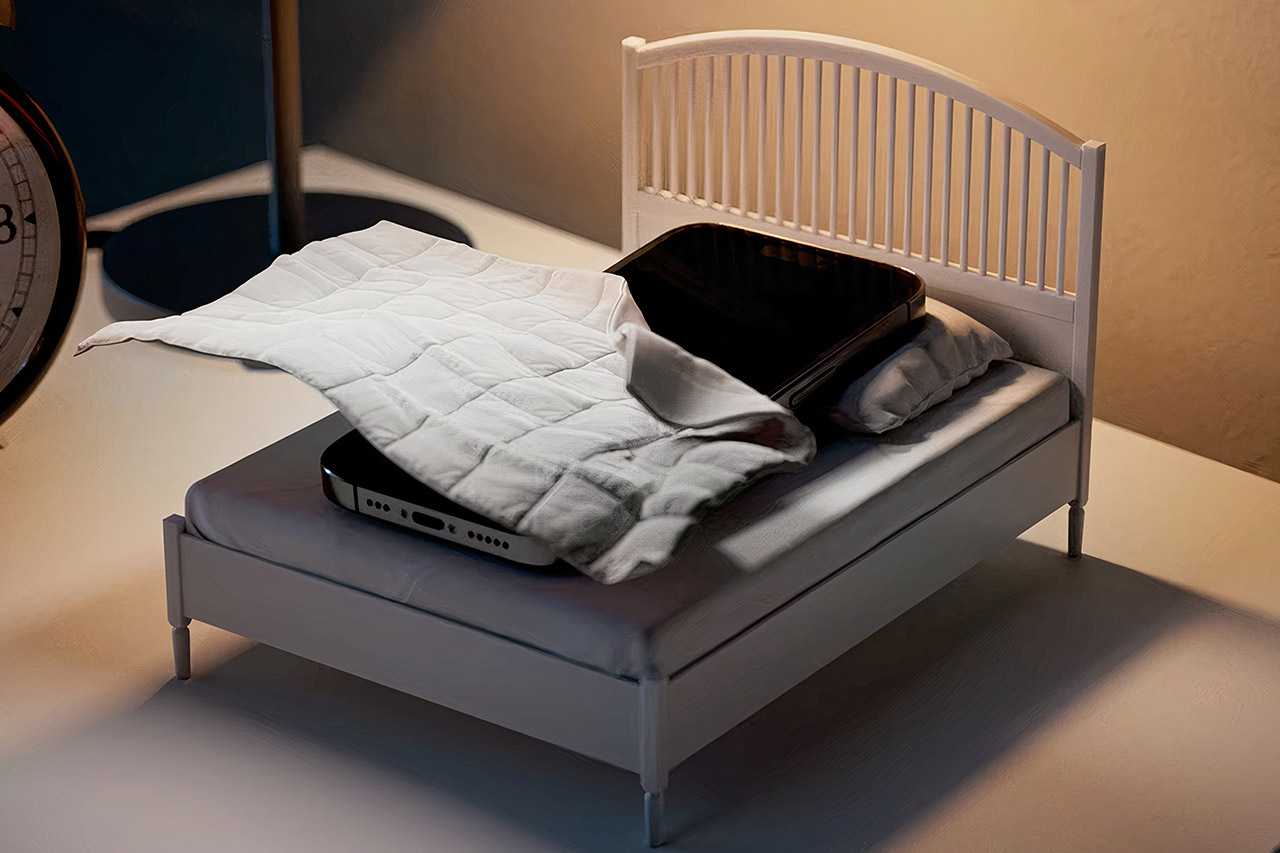
IKEA has established a furniture empire that transforms our living rooms into flat-packing hubs and kitchens into comforting havens, but this latest move takes the business to a whole new level. In the UAE, where they’ve been operating for over 30 years, a completely new line of products known as the Phone Sleep Collection arrived softly at bedtime. No, these are not full-sized beds for your duvet. Instead, they’ve been scaled down to the size of your phone, which has most likely spent many late nights by your bedside.

